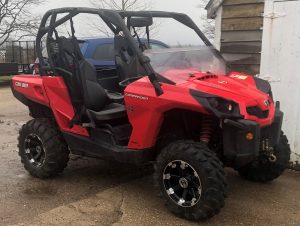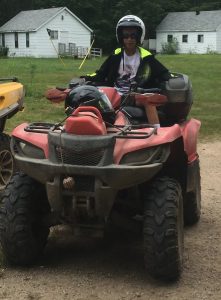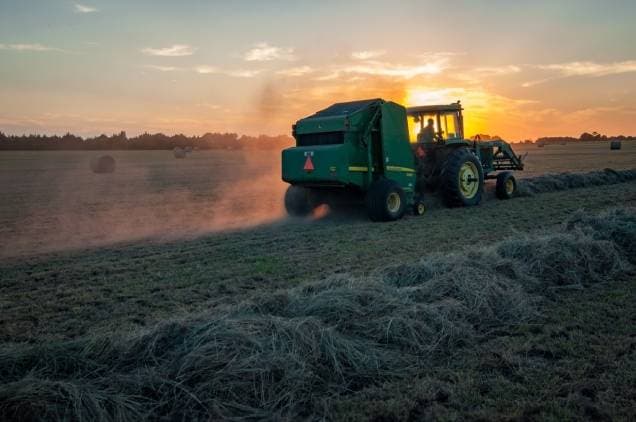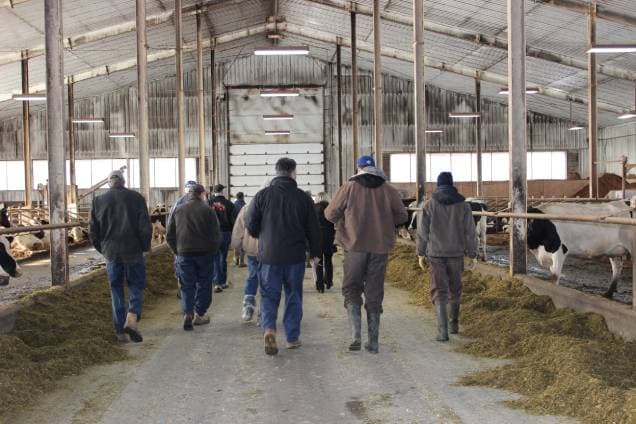 In Nova Scotia, the Department of Natural Resources offers a free downloadable Off-Highway (OHV) Vehicle Handbook on their website so riders of all ages can learn to protect themselves, other people, and the environment where the Off-Highway (OHV) vehicle is driven. Examples of off-highway (OHV) vehicles include 4-wheelers, side-by-sides, snowmobiles, and dirt bikes.
In Nova Scotia, the Department of Natural Resources offers a free downloadable Off-Highway (OHV) Vehicle Handbook on their website so riders of all ages can learn to protect themselves, other people, and the environment where the Off-Highway (OHV) vehicle is driven. Examples of off-highway (OHV) vehicles include 4-wheelers, side-by-sides, snowmobiles, and dirt bikes.
Depending on the purpose for the operation of your OHV, you may need to become familiar with the various OHV Act & Regulations. There are regulations for safety training, insurance, trails and much more.
Before operating an OHV, a responsible operator will read the owner’s manual for the OHV and will obtain training in order to be a safe operator. The Department of Natural Resources also provides information on OHV Training Instructors to easily find a course in your area of the province.
There are exemptions to the training requirements. One exemption includes if you drive and OHV for work, but keep in mind the farmer or employer still must ensure that you are a competent operator of an OHV and must provide training if you are not.
OHVs have many uses on the farm and can be a great substitute for a truck. They are used to get to fields, to inspect crops or livestock, spray pesticides in fields, transporting supplies to various areas on the farm, towing small utility trailer that may be used to carry feed or fertilizer, building or repairing fences, rounding up or checking on livestock, etc.
Some safety tips to protect yourself and others while you use your OHV on farm include:
- Be trained in the operation of your particular machine.
- Read the owners manual before use and use the manual for training.
- Be a competent operator, and if not, ensure you are supervised until you become a competent operator.
- Conduct a pre-use inspection to ensure the OHV is in good condition.
- Check the tires & wheels, fuel & oil levels, lights, belts/chains/drive shaft, loose nuts & bolts, etc.
- Know the limitations of the machine.
- Understand how the machine responds and reacts to various conditions and terrain found on the farm.
- Wear CSA approved personal protective equipment to include a helmet, safety glasses, gloves, high visibility vest or jack, long sleeve shirt, pants and boots for ankle support.
- Dress for various weather conditions.
- Ensure a first aid kit and fire extinguishers are readily available. Have a means to call for help.
- When going a significant distance from the farm, consider taking a compass, water, insect repellent, sun screen, tire patch kit, tow strap, and spare fuel.
- Let the farmer know where you are going and the scope of work to be done as well as when you plan to be back.
- Only allow riders if there is a designate seat for a passenger.
- Know the rules for operating the OHV for recreational purposes if planning to take the machine off farm.



